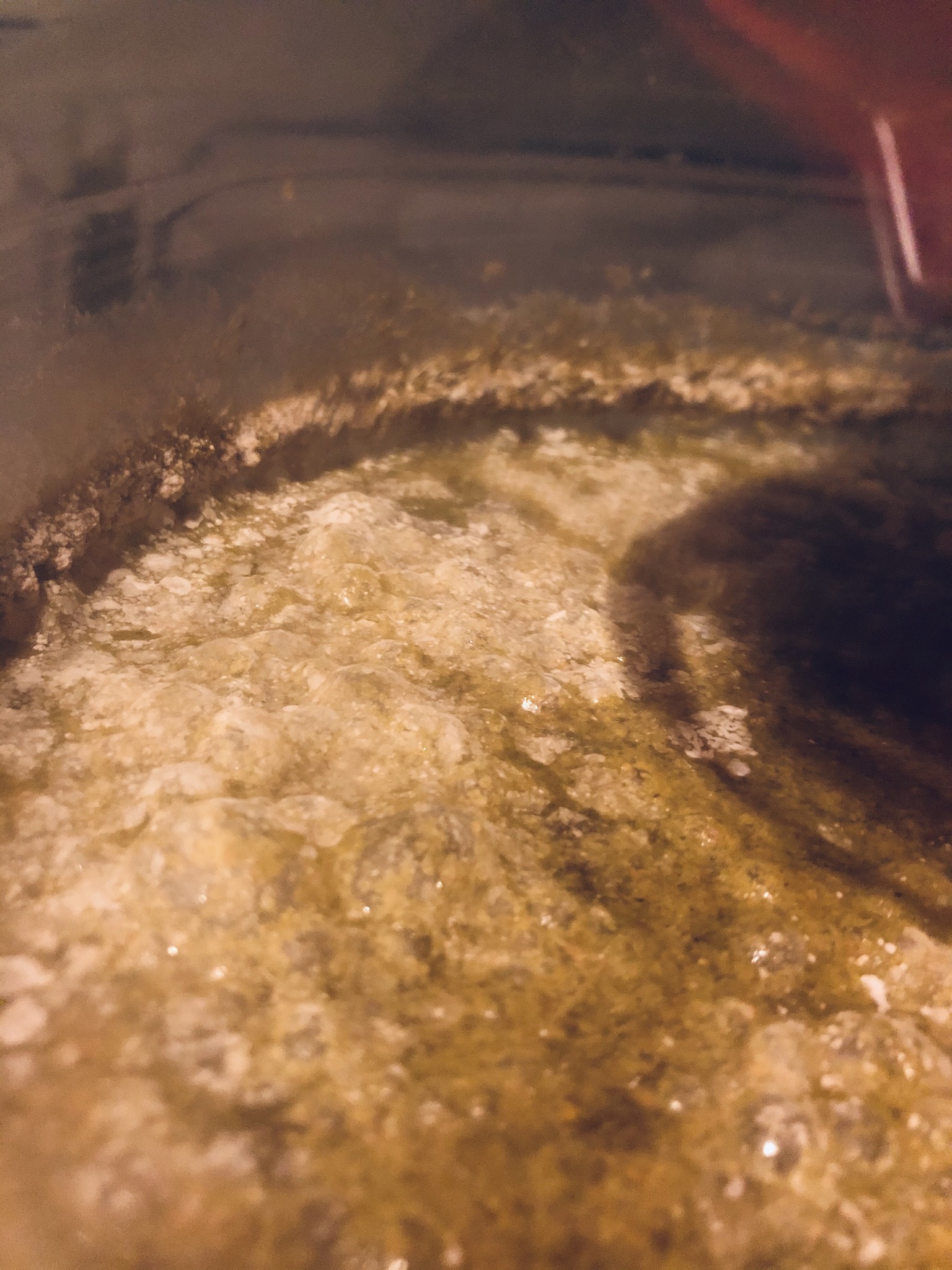Dgallo
Instagram: bantam_brews
So I am planning on starting my own small Wild/Sour project; I've really gotten into the broad style over the past few years thanks to Suarez Family Brewing and Plan Bee brewing, both relatively local to me. So in honor of launching, I figured I'd document my first Mixed Fermented Belgian Farmhouse-All the way from planning to cellaring and sampling. Please chime in if you have a suggestion. I'm hoping this will help not only myself but others who are just getting into or wanting to get into mixed or wild fermentation.
I just finished reading, sampling, and just researching a lot of mixed fermentations, individual bug strains, blends, and methods and timing of letting the microbes work. It's been fascinating for sure but with the many beers that fall under this vast blanket of Wild/Sour/spontaneous fermentations, its seems there are many ways to skin this cat.
After reading https://modernbrewhouse.com/wiki/Sour_beer and speaking @RPh_Guy about some of my ideas, I've decided to follow the modern fast funky and sour method.
I will be brewing 5.5g of a Belgian Farmhouse that I will be splitting into (2) - 3 gallon lg mouth carboys. Below is the base recipe; (There is a possibility I will be upping the recipe to 8 gallons and splitting between 3 FV, however, I haven't planned that one out yet. I will update the thread if needed)
Grains
6lb. - 60% - Floor Malted Pilsner
3lb - 30% - Wheat Malt
.5 lb. - 7.5% - Rye Malt
.25lb. - 2.5% - Caramunich I
Mash
@148 for 75 minutes
using Glucoamylase per directed by product
___________________________________________________________________________
*** FV #1 (3gal) - Volume: 2.75 gals of wort ***
Copitched at 70*f being allowed to free rise to 78*f
Primary Yeast: Imperial B56 - Rustic
Brettanomyces: Brett Bruxellensis WLP650
After 36 hours of fermentation it will be inoculated again with L. plantarum using Renew Life Ultimate Flora - allowed to finish out
I will be adding the following at day 10
3 lbs - Pureed Peaches
8 gr - Fine Fresh Grated Ginger
5 gr - Lavender flowers
___________________________________________________________________________
*** FV#2 (3gal) - Volume: 2.75 gals of wort ***
Copitched at 70*f being allowed to free rise to 78*f
Primary Yeast: Imperial B56 - Rustic
Brettanomyces: BRETTANOMYCES LAMBICUS WLP653
4 DAYS before bottling I will be dry hopping with - 5 oz Nelson
__________________________________________________________________________
I will be updating this thread as things begin to happen and if any changes are made. Again, please feel free to chime in if you have a suggestion or even if you have a resource that you believe I may find helpful as I begin or continue with my Wild/Sour project.
I just finished reading, sampling, and just researching a lot of mixed fermentations, individual bug strains, blends, and methods and timing of letting the microbes work. It's been fascinating for sure but with the many beers that fall under this vast blanket of Wild/Sour/spontaneous fermentations, its seems there are many ways to skin this cat.
After reading https://modernbrewhouse.com/wiki/Sour_beer and speaking @RPh_Guy about some of my ideas, I've decided to follow the modern fast funky and sour method.
I will be brewing 5.5g of a Belgian Farmhouse that I will be splitting into (2) - 3 gallon lg mouth carboys. Below is the base recipe; (There is a possibility I will be upping the recipe to 8 gallons and splitting between 3 FV, however, I haven't planned that one out yet. I will update the thread if needed)
Grains
6lb. - 60% - Floor Malted Pilsner
3lb - 30% - Wheat Malt
.5 lb. - 7.5% - Rye Malt
.25lb. - 2.5% - Caramunich I
Mash
@148 for 75 minutes
using Glucoamylase per directed by product
___________________________________________________________________________
*** FV #1 (3gal) - Volume: 2.75 gals of wort ***
Copitched at 70*f being allowed to free rise to 78*f
Primary Yeast: Imperial B56 - Rustic
Brettanomyces: Brett Bruxellensis WLP650
After 36 hours of fermentation it will be inoculated again with L. plantarum using Renew Life Ultimate Flora - allowed to finish out
I will be adding the following at day 10
3 lbs - Pureed Peaches
8 gr - Fine Fresh Grated Ginger
5 gr - Lavender flowers
___________________________________________________________________________
*** FV#2 (3gal) - Volume: 2.75 gals of wort ***
Copitched at 70*f being allowed to free rise to 78*f
Primary Yeast: Imperial B56 - Rustic
Brettanomyces: BRETTANOMYCES LAMBICUS WLP653
4 DAYS before bottling I will be dry hopping with - 5 oz Nelson
__________________________________________________________________________
I will be updating this thread as things begin to happen and if any changes are made. Again, please feel free to chime in if you have a suggestion or even if you have a resource that you believe I may find helpful as I begin or continue with my Wild/Sour project.
















![Craft A Brew - Safale BE-256 Yeast - Fermentis - Belgian Ale Dry Yeast - For Belgian & Strong Ales - Ingredients for Home Brewing - Beer Making Supplies - [3 Pack]](https://m.media-amazon.com/images/I/51bcKEwQmWL._SL500_.jpg)















































